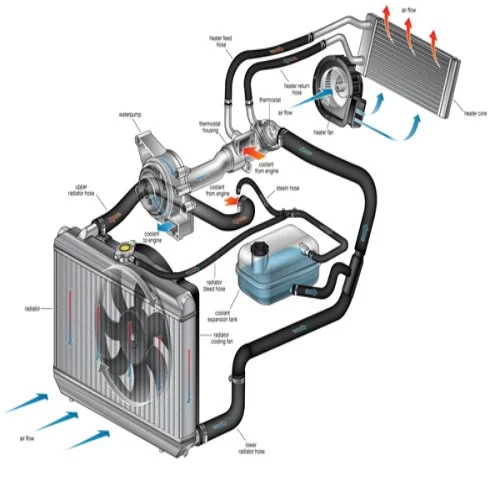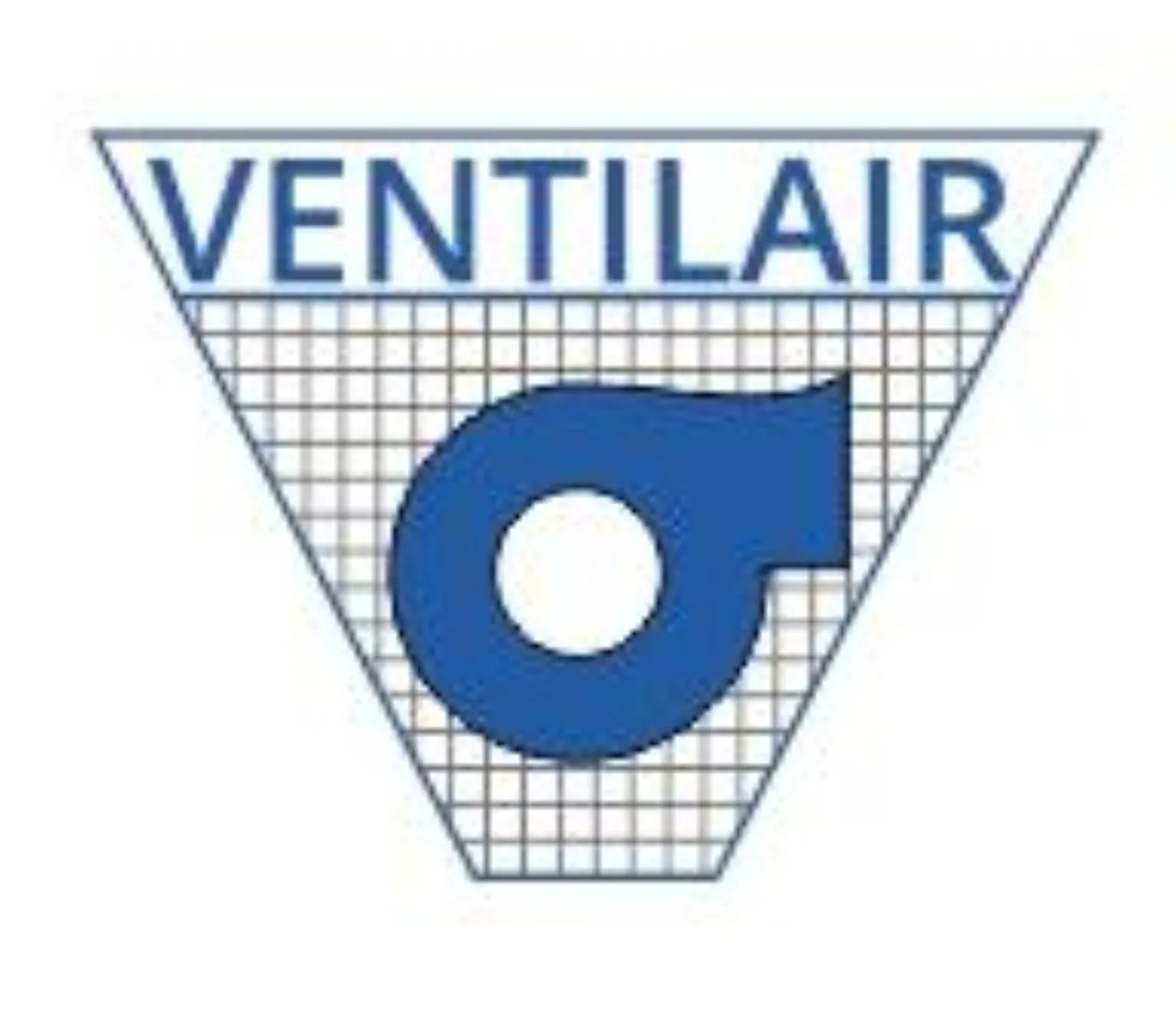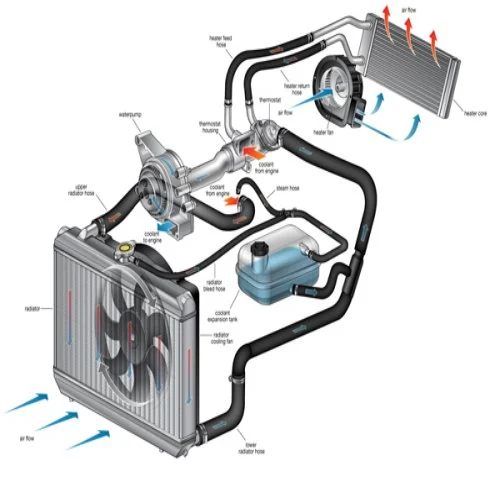How Does Air Cooling Work?
In this blog we are going to explore about, How Does Air Cooling Work? Air cooling System is a widely used method to regulate temperatures and maintain comfortable conditions in various environments. Whether it’s in our homes, offices, or automobiles, air cooling plays a crucial role in keeping us cool and comfortable during hot weather. In this article, we will delve into the inner workings of air cooling systems, explaining the process and highlighting its importance.
An air cooling system is a technology that is designed to regulate and maintain temperatures in various environments by removing heat and replacing it with cooler air. It operates based on the principles of thermodynamics and heat transfer. By utilizing components such as compressors, condensers, expansion valves, and evaporators, air cooling systems facilitate the refrigeration cycle, which involves the compression, condensation, expansion, and evaporation of refrigerant gases. The process of heat exchange and airflow, aided by fans, plays a crucial role in the cooling effect. These systems are integral to providing comfortable and controlled environments in homes, offices, and vehicles, ensuring optimal conditions during hot weather.
Understanding the Basics of Air Cooling Systems
Air cooling is a process that involves removing heat from a space and replacing it with cooler air. It works on the principle of thermodynamics, specifically the concept of heat transfer. The primary goal is to dissipate excess heat and maintain a desired temperature range.

Components of an Air Cooling System
An air cooling system consists of several key components that work together to achieve the desired cooling effect. These include:
Compressor: The compressor is responsible for compressing the refrigerant gas, increasing its temperature and pressure.
Condenser: The condenser facilitates the heat transfer process. It cools down the refrigerant gas, turning it into a high-pressure liquid.
Expansion Valve: The expansion valve regulates the flow of the refrigerant, allowing it to expand and evaporate as it enters the evaporator.
Evaporator: The evaporator absorbs heat from the surrounding air, causing the refrigerant to evaporate and transform into a low-pressure gas.
The Refrigeration Cycle
The air cooling process follows a continuous cycle known as the refrigeration cycle. This cycle consists of four main stages:
Compression: The compressor pressurizes the refrigerant gas, raising its temperature.
Condensation: In this stage, the high-pressure refrigerant gas passes through the condenser, where it releases heat to the surroundings and turns into a liquid.
Expansion: The refrigerant then flows through the expansion valve, which reduces its pressure and temperature.
Evaporation: As the low-pressure refrigerant enters the evaporator, it absorbs heat from the air, causing it to evaporate and return to its gaseous state.
Heat Exchange and Airflow
Air cooling systems rely on the principles of heat exchange and airflow to regulate temperatures effectively. The evaporator, located within the system, acts as a heat exchanger. It contains numerous fins and tubes that increase the surface area for heat transfer.
When warm air passes over the evaporator, the refrigerant inside the evaporator tubes absorbs the heat, lowering the air temperature. The now cooled air is then circulated back into the space, reducing the overall temperature of the environment.

The Role of Fans
Fans are an integral part of air cooling systems. They play a crucial role in facilitating airflow and ensuring efficient heat transfer. Fans draw in warm air from the environment and blow it over the evaporator, allowing the heat exchange process to occur.
By continuously circulating air, fans help maintain a consistent temperature within the space. They also assist in expelling the heated air generated during the refrigeration process, ensuring a steady flow of cool air.
Energy Efficiency and Environmental Impact
Efficiency and environmental impact are important considerations when it comes to air cooling systems. Modern systems are designed to be energy-efficient, reducing power consumption and operating costs. Energy-saving features, such as variable speed compressors and programmable thermostats, help optimize the cooling process.
It’s also worth noting that some air cooling systems use environmentally friendly refrigerants with low ozone depletion potential (ODP) and global warming potential (GWP). These eco-friendly refrigerants help minimize the system’s impact on the environment.
Types of Air Cooling Systems
There are several types of air cooling systems commonly used today. The most prevalent ones include:
Window Air Conditioners: These units are designed to fit in a window frame and are ideal for cooling individual rooms. They consist of a single unit containing all the necessary components.
Split Air Conditioners: Split systems comprise two main units—a condenser unit installed outside the building and an indoor unit mounted on the wall or ceiling. They offer more flexibility in terms of cooling larger spaces.
Central Air Conditioning: Central air conditioning systems are capable of cooling an entire building or multiple rooms simultaneously. They consist of a central unit that distributes cool air through a network of ducts.
Conclusion
Air cooling systems play a vital role in keeping our surroundings cool and comfortable, especially during hot weather. By understanding the basics of air cooling, the components involved, and the refrigeration cycle, we can appreciate how these systems work to regulate temperatures effectively.
Efficiency, environmental impact, and the various types of air cooling systems are important factors to consider when choosing the right cooling solution. Regular maintenance and troubleshooting are crucial for ensuring optimal performance and extending the lifespan of the system.
By implementing the knowledge gained from this guide, individuals and businesses can make informed decisions when it comes to air cooling, ultimately creating a more comfortable and energy-efficient environment.


